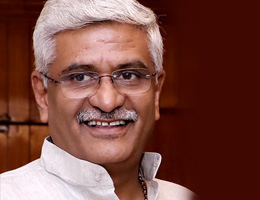






Archival sources attest to the fact that the colonial ethnographic traditions placed emphasis on the visual documentation of several Indian communities. A Photographic section was established with facility of studio and a darkroom in the Anthropological Survey of India as early as 1952. The photography section was then given the task of "collecting cine as well as still photographic records of the typical racial types and various aspects of tribal life". The facilities of sound laboratory for recording music and phonetics were also created subsequently. The section also creates the maps, paintings, drawings, and plaster models and casts required for scientific presentations. The Cine unit was founded in 1953 to provide a permanent video record of the way of life and culture of Indian ethnic communities.
Abor of NEFA, a 31-minute ethnographic video directed, cinematographed, and edited by Shri Susanta Chattopadhyay, was the first of the Survey's ethnographic films. The format used to record it was 16 frames per second (fps). Subsequently, 43 visual documents were produced featuring a variety of topics and communities residing in various parts of India. The length of the footage ranged from 86 metres to 670 metres, and each film has a runtime of 8 to 57 minutes. Additionally, the Survey has created twenty on 16 mm film prints through the Films Divisions, Bombay, and thirteen 16mm film prints through the Indian National Trust for Art and Cultural Heritage (INTACH). From 1954 to 1967, the Survey produced 44 silent Black & White documentaries. Siddis of Gujarat, which was created in 1983, was the first colour document film with sound and 24 frames per second.
The Centre for Visual Anthropology was established in 2005 as part of the Photography Section. It has a fully equipped sound editing setup, a documentary editing setup, and a full HD camera setup. The Centre for Visual Anthropology unit produced thirty-two documentaries. In addition to these, five videos were produced as part of the Centre for Visual Anthropology unit's Visual Anthropology Training Programme.